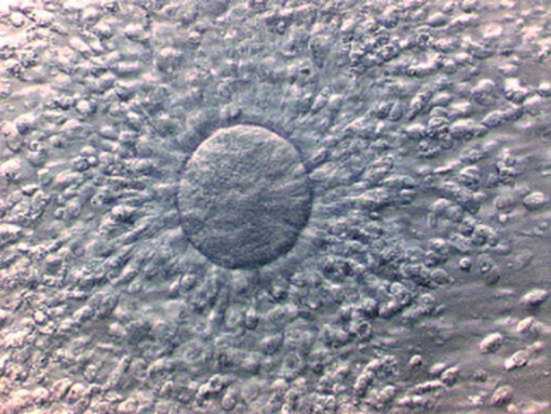When having IVF, most patients will grow a few follicles and the doctor will successfully retrieve eggs from most of these follicles. However, sometimes no eggs are retrieved at the egg collection. There are essentially five possible reasons as to why this may happen.
Five Common Reasons Why Eggs Were Not Collected
1. The follicle may have ruptured (ovulated) prior to the egg collection. This may happen if the trigger injection is mistimed (i.e. given earlier than instructed) ; or if the egg collection is delayed beyond 37 hours of trigger injection administration. If the trigger timing is not correct or the egg collection procedure takes place 37 hours or more after the trigger injection is administered, there is a high chance that the follicles present on the ovaries can rupture. This can result in the eggs being lost in the follicular fluid that is released from the ovary at the time of ovulation.
2. The doctor may experience technical problems during the egg collection procedure . This may happen when the patient is very obese; or if there are adhesions (scar tissue) in the pelvic region. Both obesity and scar tissue make it more difficult for the vaginal ultrasound probe to access your ovaries. This can be a major problem if difficulties arise and the egg collection is not done under general anesthesia. In these situations, it may be technically impossible for the doctor to access the ovaries to drain the follicles in search of eggs.
3. Generally speaking the number of eggs expected from follicles seen on ultrasound scan is approximately 80-90%. It is important to remember that there will never be more than one egg per follicle. Unfortunately, when there are lower numbers of follicles, there is a higher chance that the egg is not collected in the follicle fluid.
4. Another reason for the failure to retrieve eggs from mature follicles is due to empty follicle syndrome.
5. Finally, another possible reason for no eggs being collected during the egg collection procedure is a patient may have low ovarian response. This is more commonly seen in older women having IVF. Apart from performing an anti mullerian hormone test (AMH), there is no other way of predicting this in advance.

